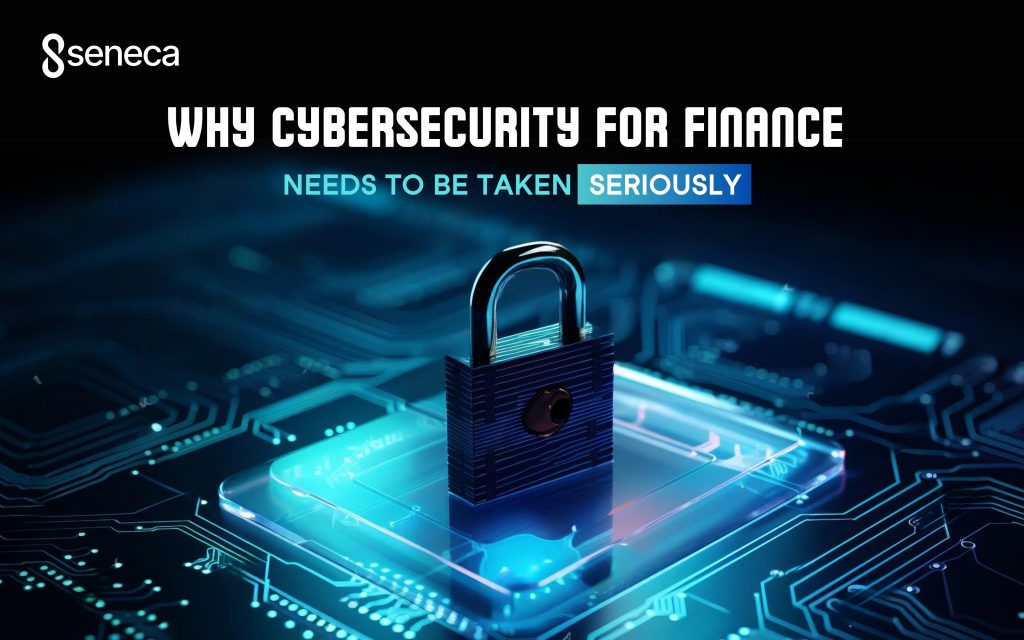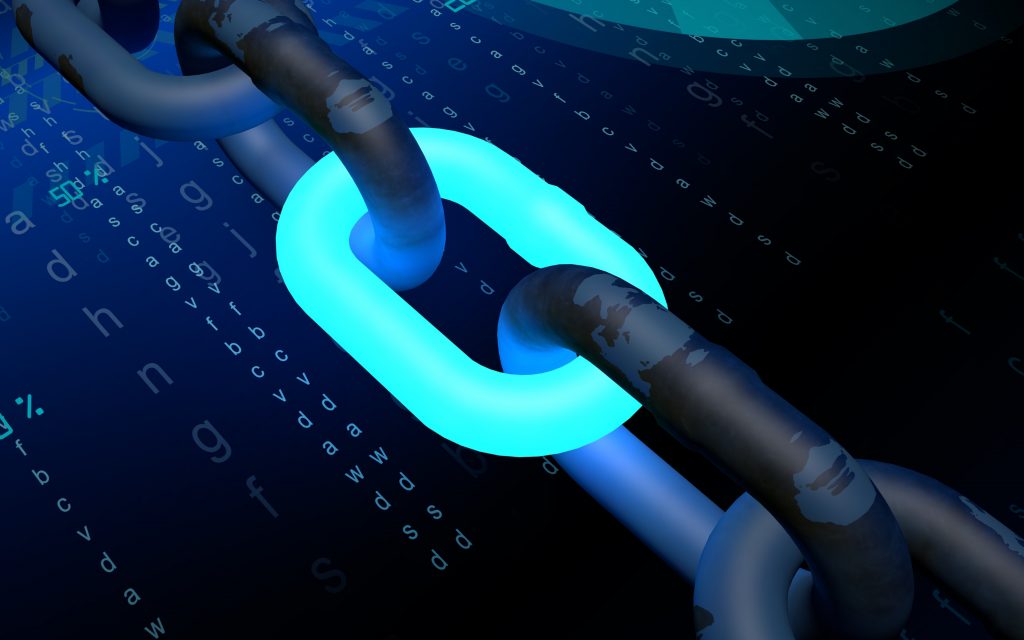Why Cybersecurity for Finance Needs to be Taken Seriously
Cybersecurity for finance is essential to protect sensitive data, meet regulations, and maintain client trust in today’s digital landscape.

If you’re in finance, you probably already know how big of a deal cybersecurity is. Hackers love targeting financial institutions because they know what’s at stake—money, sensitive data, and access to systems. It’s not just about stopping hackers, though. There are strict laws and regulations that you need to follow, and if you don’t, the consequences can be brutal. Fines, lawsuits, angry clients—you name it.
But here’s the bottom line: cybersecurity isn’t optional because it’s the backbone of finance, and without it, you’re putting everything at risk—your customers, your reputation, and your ability to stay compliant.
Why Cybersecurity in Finance Is a Big Deal
Here’s the deal: financial companies handle way more sensitive data than most businesses. This includes things like bank account numbers, payment info, Social Security numbers, and personal data. If someone steals that info, the fallout is massive —for your clients and your business.
There’s also the legal side of things. Regulations like GDPR and PCI DSS are strict, and they require you to have certain protections in place. If you don’t follow these rules, you could face fines or lose your ability to operate. And let’s not forget trust. People want to know their money and information are safe. If you lose that trust, it’s hard to win it back.
What Financial Companies Should Be Doing
So, what should you focus on to keep everything secure? Here’s a breakdown of the basics:
Know the Rules
Regulators don’t mess around when it comes to cybersecurity. Financial companies need to follow laws like:
- GDPR: Focused on protecting personal data for people in the EU.
- PCI DSS: Protects payment information like credit card data.
- NYDFS Cybersecurity Regulation: Requires financial companies in New York to have strong security in place.
To stay compliant, you need to audit your systems regularly, document your processes, and stay updated on any changes. Yes, it’s a lot of work, but it’s better than getting hit with fines or worse.
Keep Your Data Safe
Hackers want your data, and it’s your job to protect it. Here’s how:
- Encrypt your data: Even if hackers steal it, they won’t be able to read it.
- Back it up: If you lose access to your data (like in a ransomware attack), you can restore it quickly with secure backups.
- Monitor access: Keep track of who is accessing your data and where it’s going.
Use More Than Passwords
Passwords aren’t enough to keep your accounts safe anymore. Multi-factor authentication (MFA) makes it much harder for hackers to get in. It’s simple: you combine a password with something else, like a texted code or a fingerprint. Even if someone steals your password, they can’t log in without that second layer of protection.
Have a Plan for When Things Go Wrong
No system is perfect. That’s why you need an incident response plan. This plan is your playbook for dealing with a breach. It should include:
- How to detect and stop the attack.
- How to let clients and regulators know what happened.
- Steps to recover your systems and data.
Practice your plan regularly so everyone knows what to do in a real situation.
Stay Ahead of Risks
Hackers are always coming up with new tricks. You need to keep checking for vulnerabilities in your systems and updating your defenses. This includes:
- Running scans to find weak spots.
- Testing your systems by simulating attacks (called penetration testing).
- Reviewing your policies and making updates as needed.
Extra Steps to Strengthen Security
Once you’ve covered the basics, there are a few more things you can do to protect your business:
Train Your Employees: Most breaches happen because of mistakes, like clicking on a phishing email or using weak passwords. Teach your team how to spot red flags and avoid risky behavior.
Check Your Vendors: If you work with third-party companies, make sure they have good security. If they get hacked, it could put your data at risk.
Monitor Everything: Keep an eye on your systems for anything unusual. If someone tries to access your data without permission, you’ll want to know about it right away.
How Technology Can Help

Technology can make cybersecurity easier. Here are a few tools that financial companies should consider using:
- AI and Machine Learning: These tools can detect patterns and flag suspicious behavior, like someone trying to log in from a strange location.
- Cloud Security: If you use cloud storage, make sure your provider offers strong encryption and other protections.
- Blockchain: Blockchain can secure transactions and keep data from being tampered with.
Building Trust Through Cybersecurity
Clients trust you to protect their money and information. Good cybersecurity shows them that you take that responsibility seriously. Here’s how to build trust:
- Be open about the steps you’re taking to secure their data.
- Respond quickly and clearly if something goes wrong.
- Give them tools to protect their accounts, like MFA and tips for spotting scams.
Final Thoughts
Cybersecurity is a lot of work, but it’s not optional—especially for finance. Start with the basics: follow the rules, protect your data, and plan for the unexpected. Once you’ve got those covered, look for ways to improve, like training your employees or upgrading your tools.
The key is to stay proactive. Hackers aren’t going to stop, but if you stay one step ahead, you’ll be in a much better position to protect your business and your clients.
Related articles

Feb 18, 2025
Read more
Dark Mode vs. Light Mode: Which is Better for UX?
Dark or light UI? UX design affects readability, usability, and user experience. Learn how the environment influences the best choice.

Feb 14, 2025
Read more
Website Design Mistakes That Are Killing Your SEO
Are website design mistakes hurting your SEO? Learn how to fix these 5 common errors and improve your search rankings today!

Feb 12, 2025
Read more
Vibe Coding: The Future of Programming
Vibe Coding is here—just tell AI what you want, and it builds it. No syntax, no struggle—just pure creation

Feb 06, 2025
Read more
Big Tech is Quietly Taking Over AI Startups Without Buying Them
Big Tech is absorbing AI startups through pseudo-acquisitions, gaining talent and technology while avoiding regulatory hurdles.

Feb 04, 2025
Read more
How Netflix Optimizes Streaming with Machine Learning
Netflix uses machine learning to improve streaming by optimizing video quality, predicting network changes, and adapting playback smoothly.

Jan 23, 2025
Read more
Is No Code the Next Evolution in Development?
You Don’t Need to Be a Developer to Build Something Amazing—Unleash Your Creativity with Low Code/No Code Tools.
